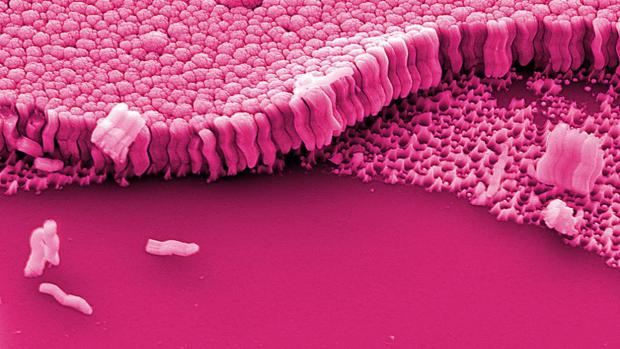
Breaking News
 Battleborn Batteries Responds! Their Overheating Device is a "Feature" not a "Problem
Battleborn Batteries Responds! Their Overheating Device is a "Feature" not a "Problem
 Actor Liam Neeson Outs Himself as MAHA After Narrating Pro-RFK Jr. Documentary Slamming...
Actor Liam Neeson Outs Himself as MAHA After Narrating Pro-RFK Jr. Documentary Slamming...
 Kyle Rittenhouse announced on social media Wednesday that he has tied the knot.
Kyle Rittenhouse announced on social media Wednesday that he has tied the knot.
 JUST IN: President Trump Grants Tina Peters Pardon
JUST IN: President Trump Grants Tina Peters Pardon
Top Tech News
 Build a Greenhouse HEATER that Lasts 10-15 DAYS!
Build a Greenhouse HEATER that Lasts 10-15 DAYS!
 Look at the genius idea he came up with using this tank that nobody wanted
Look at the genius idea he came up with using this tank that nobody wanted
 Latest Comet 3I Atlas Anomolies Like the Impossible 600,000 Mile Long Sunward Tail
Latest Comet 3I Atlas Anomolies Like the Impossible 600,000 Mile Long Sunward Tail
 Tesla Just Opened Its Biggest Supercharger Station Ever--And It's Powered By Solar And Batteries
Tesla Just Opened Its Biggest Supercharger Station Ever--And It's Powered By Solar And Batteries
 Your body already knows how to regrow limbs. We just haven't figured out how to turn it on yet.
Your body already knows how to regrow limbs. We just haven't figured out how to turn it on yet.
 We've wiretapped the gut-brain hotline to decode signals driving disease
We've wiretapped the gut-brain hotline to decode signals driving disease
 3D-printable concrete alternative hardens in three days, not four weeks
3D-printable concrete alternative hardens in three days, not four weeks
 Could satellite-beaming planes and airships make SpaceX's Starlink obsolete?
Could satellite-beaming planes and airships make SpaceX's Starlink obsolete?
New metallic glass material created by starving atoms of a nucleus

Normally, solid metals have a rigid, crystalline atomic structure, but as their name suggests, metallic glasses are more like glass, with a random arrangement of atoms. Composed of complex alloys, they get their unusual structure when molten metal is cooled down extremely quickly, which prevents crystals from forming. The end result is a material that's as pliable as plastic during production but strong as steel afterwards, making them useful for objects like golf clubs and gears for robots.
The Yale researchers developed their new version of the material by taking samples of metallic glass and making nanorods out of it. With a diameter of just 35 nanometers, these rods are so tiny that the atoms have no room for a nucleus. The researchers dub the process "nucleus starvation," and it resulted in a new phase of the material.
"This gives us a handle to control the number of nuclei we provide in the sample," says Judy Cha, lead researcher on the project. "When it doesn't have any nuclei — despite the fact that nature tells us that there should be one — it generates this brand new crystalline phase that we've never seen before. It's a way to create a new material out of the old."

 First totally synthetic human brain model has been realized
First totally synthetic human brain model has been realized Mach-23 potato gun to shoot satellites into space
Mach-23 potato gun to shoot satellites into space

